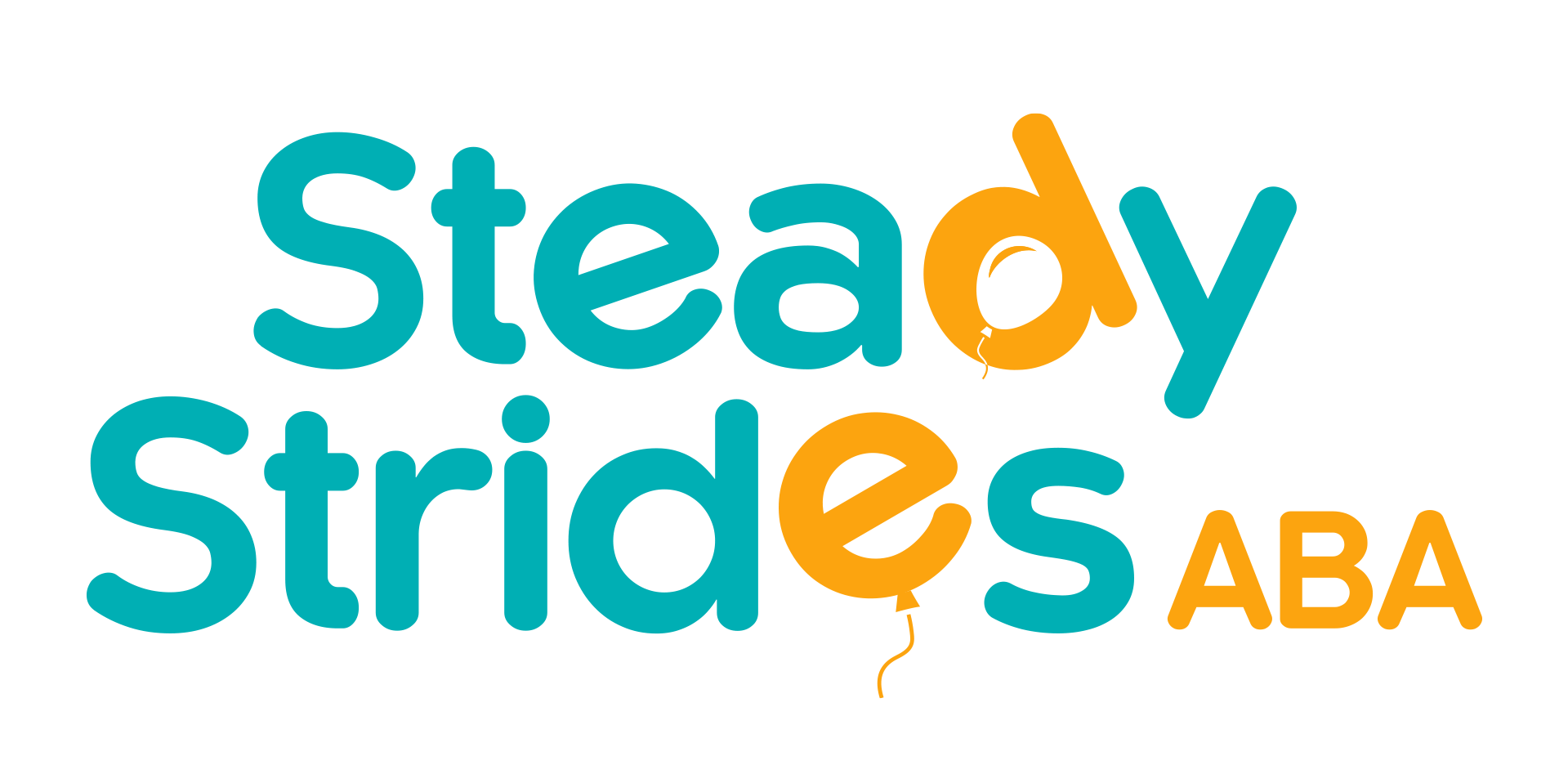Understanding RBT in ABA
Role of an RBT
A Registered Behavior Technician (RBT) is a paraprofessional who practices under the close, ongoing supervision of a Board Certified Behavior Analyst (BCBA). The primary role of an RBT is to implement Applied Behavior Analysis (ABA) therapy services, designed and supervised by the BCBA. RBTs carry out direct behavioral interventions that help to teach new skills and reduce problematic behaviors in individuals with Autism Spectrum Disorder (ASD) and related conditions. They are trained to understand and implement individualized treatment plans and are an integral part of the therapeutic team.
Key responsibilities of an RBT include:
- Delivering one-on-one therapy sessions.
- Following ABA treatment plans.
- Collecting data on client progress.
- Assisting with the
RBT competency assessment.
- Adhering to the RBT code of ethics.
Importance in ABA Therapy
The involvement of RBTs in ABA therapy is crucial for several reasons. They are often the ones who spend the most time with clients, providing consistent therapeutic interactions that are vital for skill acquisition and behavior modification. Their hands-on approach allows for immediate feedback and reinforcement, which is a cornerstone of effective ABA therapy. Moreover, RBTs play a significant role in generalizing learned behaviors across various settings and situations, an essential component of therapy outcomes.
RBTs also support parents and family members by offering guidance on how to employ ABA therapy techniques in everyday life, thus ensuring that the principles of behavior modification extend beyond structured therapy sessions. The dedication and effort of RBTs contribute to a comprehensive and cohesive therapeutic environment that is conducive to learning and development for individuals with ASD.
The value of an RBT in ABA therapy lies in their specialized skill set and their commitment to improving the well-being of their clients. They are key players in the implementation of ABA therapy, and their work helps to ensure that individuals with ASD receive high-quality, evidence-based treatment. The impact of RBTs is reflected in the positive outcomes seen in individuals who receive ABA therapy for autism, highlighting the importance of their role within the therapeutic team.
Becoming an RBT
For those interested in the field of Applied Behavior Analysis (ABA), becoming a Registered Behavior Technician (RBT) is a significant first step. It requires dedication and a clear understanding of the certification process and exam components. Let's delve into the journey of becoming an RBT and the details surrounding the examination.
RBT Certification Process
To become a certified RBT, an individual must complete a series of steps designed to ensure they are equipped with the necessary skills and knowledge to effectively contribute to ABA therapy sessions. Here is a general outline of the certification process:
- Education Requirement: A minimum of a high school diploma or equivalent.
- 40-Hour Training: Completion of a 40-hour training program that covers various ABA principles and practices.
- Background Check: Successfully pass a background check appropriate to the role.
- Competency Assessment: Demonstrate competency in RBT tasks as outlined by the Behavior Analyst Certification Board (BACB) through a
RBT competency assessment.
- RBT Exam: After meeting the above requirements, candidates must pass the RBT exam.
It is important for candidates to familiarize themselves with the RBT code of ethics as it forms the foundation of professional conduct in the field.
RBT Exam Overview
The RBT exam is a multiple-choice assessment that tests the applicant's understanding of the principles and practices of ABA therapy. The exam covers the following content areas:
- Measurement
- Assessment
- Skill Acquisition
- Behavior Reduction
- Documentation and Reporting
- Professional Conduct and Scope of Practice
The exam consists of 75 graded questions and 10 ungraded pilot questions, totaling 85 questions that must be completed within a 90-minute timeframe. The questions are distributed across the various content areas to comprehensively evaluate the candidate's readiness to serve as an RBT.
To prepare for the exam, candidates should review study materials that cover the task list provided by the BACB and engage in ABA therapy techniques to gain practical understanding. A thorough grasp of terminology, intervention strategies, and ethical considerations is crucial for success.
Candidates are encouraged to create a study schedule, utilize practice exams, and engage with the ABA community to enhance their understanding and chances of passing the RBT exam. With proper preparation and a commitment to learning, individuals can set themselves on the path to becoming effective RBTs, contributing to the valuable work in ABA therapy for autism and related conditions.
RBT Exam Preparation
Preparing for the RBT exam is a pivotal step for those seeking to become a Registered Behavior Technician. The exam assesses the applicant's knowledge and skills in Applied Behavior Analysis (ABA) therapy to ensure they are qualified to provide support in this field. Below are key preparation strategies to help candidates approach the exam with confidence.
Study Materials
To begin with, it is crucial to acquire the right study materials. The Behavior Analyst Certification Board (BACB) provides a variety of resources that can help understand the scope of the RBT task list and the areas of competency required. These resources include:
- The
RBT Task List: An outline of the knowledge and tasks necessary for competency in the role.
- The RBT Ethics Code: A guide to understanding the ethical requirements for RBTs.
Candidates should also consider additional study materials such as:
- RBT textbooks and manuals: Comprehensive guides that cover topics in behavior analysis and the RBT task list.
- Online courses and webinars:
Interactive learning platforms that provide a structured approach to studying for the RBT exam.
- Flashcards: A useful tool for memorizing key terms and concepts related to ABA therapy techniques.
It's important to use a variety of materials to cover all content areas thoroughly. Candidates can create a study schedule to ensure they allocate enough time to each section of the RBT task list.
Practice Tips
Practical experience and rehearsal are essential components of rbt exam preparation. Here are some effective practice tips:
- Take practice exams: Simulate the test-taking experience to become familiar with the format and types of questions that will be on the actual exam.
- Review case studies:
Apply theoretical knowledge to practical scenarios commonly encountered in
ABA therapy for autism and related conditions.
- Study groups: Join or form a study group with other RBT candidates to discuss concepts and quiz each other on material.
- Role-play: Practice applying ABA principles in role-play situations to solidify understanding and application of techniques.
Applicants should also seek opportunities to gain practical experience by working under the supervision of a Board Certified Behavior Analyst (BCBA) or through volunteering. This hands-on experience is valuable for understanding the day-to-day responsibilities of an RBT and applying theory to practice.
Additionally, candidates must complete the RBT competency assessment as part of the certification process. This assessment provides an opportunity to demonstrate practical skills and ensures readiness for the responsibilities that come with the RBT role.
By utilizing a range of study materials and engaging in practical exercises, candidates can approach their RBT exam with greater assurance, paving the way for success in their careers as behavior technicians.
RBT Exam Content
The RBT exam is a crucial component for those pursuing a career in Applied Behavior Analysis (ABA) as Registered Behavior Technicians (RBTs). The examination assesses the applicant's knowledge in several key areas that are integral to their role in ABA therapy. Here we will focus on three primary content areas: behavior reduction, documentation and reporting, and data collection.
Behavior Reduction
In the context of ABA therapy, behavior reduction is a critical skill set for RBTs. The exam will test the candidate's understanding of how to implement intervention plans designed to reduce problematic behaviors in clients with Autism Spectrum Disorder (ASD) and related conditions. RBTs must be familiar with ABA therapy techniques that focus on behavior reduction and the ethical considerations outlined in the RBT code of ethics.
Key concepts may include:
- Identifying and defining target behaviors
- Understanding behavior reduction plans
- Implementing strategies consistently and effectively
- Responding to challenging behaviors according to the intervention plan
These concepts are crucial for ensuring that RBTs can support individuals in achieving better behavioral outcomes.
Documentation and Reporting
Documentation and reporting are essential responsibilities of an RBT. The exam will evaluate the examinee's ability to accurately record and report client progress, as well as any incidents that occur during therapy sessions. This section ensures that RBTs are prepared to maintain high-quality documentation standards, which are vital for ongoing assessment and treatment planning.
Topics covered may involve:
- Knowing what information to document in session notes
- Understanding how to report to supervisors and stakeholders
- Maintaining confidentiality and compliance with regulations
- Utilizing proper formats and tools for documentation
Proper documentation supports the efficacy and integrity of ABA therapy programs.
Data Collection
Data collection is a fundamental aspect of ABA therapy. The RBT exam will test the candidate's proficiency in collecting and analyzing data correctly. This data is used to track the client's progress and guide decision-making for treatment modifications.
Areas of focus include:
- Different methods of data collection
- Accuracy and reliability of data recording
- Graphing and summarizing data for review
- Utilizing data to assess the effectiveness of interventions
Through mastering data collection methods, RBTs contribute to the continuous improvement of ABA therapy for autism and related services.
Aspiring RBTs should ensure they are well-versed in these content areas to not only pass the RBT exam but also to effectively contribute to the treatment and progress of their clients. Preparing thoroughly for these sections will help solidify an RBT's capability to perform their role with competence and confidence. For more information on the certification process and how to prepare, consider exploring the RBT competency assessment page.
RBT Exam Strategies
To excel in the RBT exam, candidates must not only be well-prepared in terms of content but also possess effective exam strategies. Here are some pivotal test-taking tips and time management strategies that can help candidates navigate the RBT exam more efficiently.
Test-Taking Tips
The RBT exam requires not only a deep understanding of the principles of ABA therapy but also the ability to apply this knowledge under exam conditions. Here are some tips to help you during the exam:
- Read Questions Carefully: Take the time to read each question thoroughly to ensure you understand what is being asked. Look for keywords that can guide you to the correct answer.
- Eliminate Clearly Wrong Answers:
Narrow down your choices by eliminating any answers that are clearly incorrect. This increases your odds if you need to make an educated guess.
- Pace Yourself:
Keep an eye on the clock to ensure you’re moving through the exam at a steady pace without spending too much time on any one question.
- Use the Process of Elimination: When in doubt, use the process of elimination to rule out incorrect answers, which can help you deduce the right one.
- Stay Calm: If you find yourself getting anxious, take a few deep breaths to calm your nerves. Anxiety can cloud your judgment, so it's important to stay as relaxed as possible.
For a comprehensive understanding of the RBT role and related ABA therapy techniques, it's beneficial to review resources like the RBT competency assessment and ABA therapy techniques.
Time Management
The RBT exam is timed, so effective time management is essential. Here’s how to ensure you make the best use of the time allotted:
- Allocate Time to Sections: Know the structure of the exam beforehand and allocate your time accordingly. Spend proportionate time on each section based on the number of questions it contains.
- Practice with Timers: When studying, use timers to simulate exam conditions. This will help you get used to the pressure of working within a strict time frame.
- Avoid Getting Stuck: If you’re unsure of an answer, mark the question, move on, and return to it later if time permits.
- Review if Possible: If you finish early, use any remaining time to review your answers, especially those you were unsure about.
A table illustrating a suggested time allocation for various sections of the RBT exam could look like this:
| Exam Section | Number of Questions | Suggested Time Allocation |
|---|---|---|
| Behavior Reduction | 10 | 15 minutes |
| Documentation and Reporting | 10 | 15 minutes |
| Data Collection | 10 | 15 minutes |
| Remaining Sections | 20 | 45 minutes |
*Note: The above is an example and may not reflect the actual number of questions or time required for each section of the RBT exam.
By incorporating these strategies into your RBT exam preparation, you can approach the exam with confidence and enhance your chances of success. Remember to uphold the RBT code of ethics throughout your preparation and future practice, and consider the ongoing impact of your work within ABA therapy for autism.
RBT Exam Success
Passing the RBT exam is a significant milestone in the journey of becoming a Registered Behavior Technician, but the path doesn't end there. Post-exam steps and continuing education are critical for maintaining certification and delivering effective ABA therapy.
Post-Exam Steps
Upon successfully passing the RBT exam, several post-exam steps must be taken to ensure that certification is finalized and maintained.
- Certification Confirmation: Verify your certification status through the Behavior Analyst Certification Board (BACB) and ensure all your information is accurate.
- RBT Registry: Once certified, your name will be listed on the RBT Registry, which is publicly accessible.
- RBT Competency Assessment:
You must complete a competency assessment annually to demonstrate your continued proficiency in ABA therapy techniques.
- Adherence to the RBT Code of Ethics: Familiarize yourself with and adhere to the ethical guidelines set forth by the BACB to remain in good standing.
Continuing Education
Continuing education is essential for RBTs to stay current with the latest developments in ABA therapy and to provide the highest quality of care to clients.
- CEU Requirements: RBTs are required to complete a certain number of Continuing Education Units (CEUs) during each recertification cycle.
- Professional Development:
Engage in professional development opportunities, such as workshops, conferences, and additional courses related to
ABA therapy for autism and related conditions.
- Stay Informed: Keep up-to-date with new
ABA therapy techniques and research findings to enhance your skill set and effectiveness as an RBT.
- Networking: Join professional ABA organizations and online communities to network with other professionals in the field and learn from their experiences.
By taking these post-exam steps and committing to continuous learning, RBTs can ensure they are well-equipped to contribute positively to the lives of individuals with ASD and related conditions. The journey of professional growth and ethical practice in ABA therapy is ongoing and requires dedication long after the exam is over.













